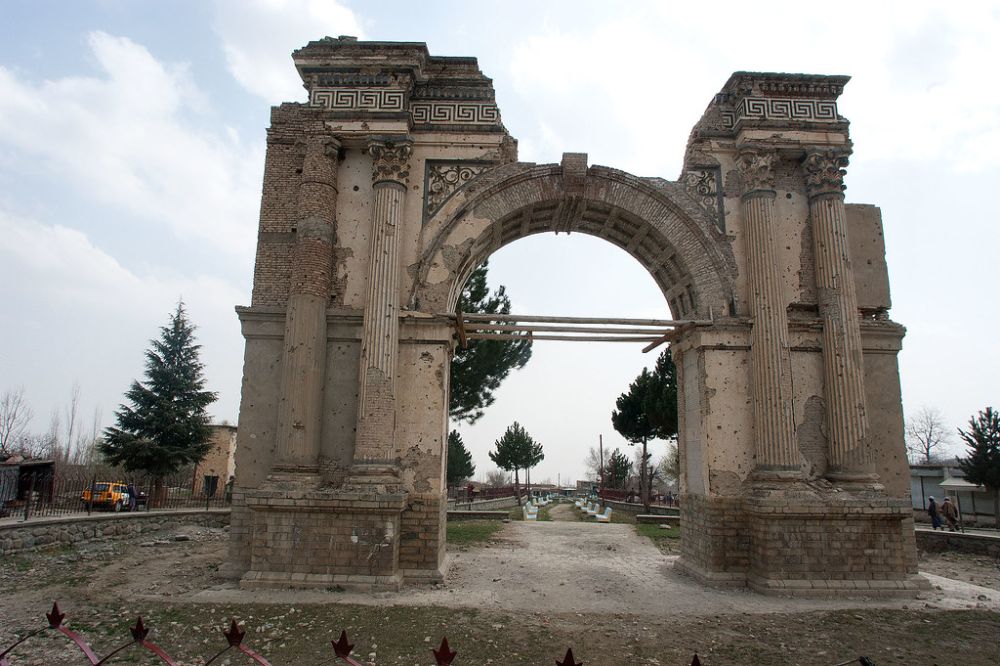

The iconic Paghman Gardens are a symbol of peace and refinement in Kabul, the capital city of Afghanistan. Their history dates back to the early 20th century, when King Amanullah Khan, inspired by the gardens of Europe, decided to create a similar retreat in his own country. The project was part of his larger modernization efforts across Afghanistan.
The construction of the gardens began in the 1920s. They were designed to serve as a leisure site for the royal family and the elite of Afghan society. The Paghman Gardens were created with a blend of traditional Afghan and neoclassical European styles, featuring wide boulevards, pavilions, and a grand triumphal arch modeled after the Arc de Triomphe in Paris, which still stands as a proud centerpiece.
Throughout its history, Paghman has seen many changes, enduring periods of both popularity and neglect. The gardens reached a peak of prominence in the 1960s and 70s when Kabul was a bustling, cosmopolitan city and a key stop on the so-called "Hippie Trail" that drew Western travelers through Afghanistan, India, and beyond.
However, in the decades that followed, the political and social turmoil in the region caused the gardens to fall into disrepair. They suffered extensive damage during the civil unrest and subsequent conflicts that have impacted Afghanistan over the last forty years.
In recent years, there have been concerted efforts to restore Paghman Gardens to their former glory. Emphasizing its historical significance and beauty as a major attraction, the Afghan government and international organizations alike have invested in the regeneration of these once magnificent gardens.
As stability slowly returns to the region, there is a cautious optimism about the future of tourism in Afghanistan and, by extension, the Paghman Gardens. Some of the latest trends in this regard include: